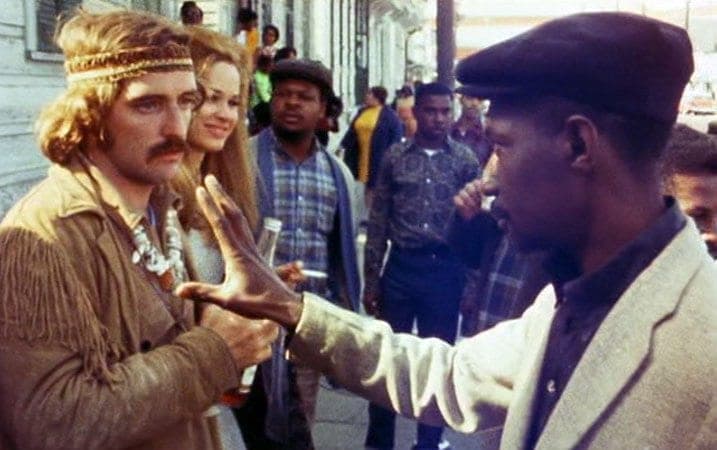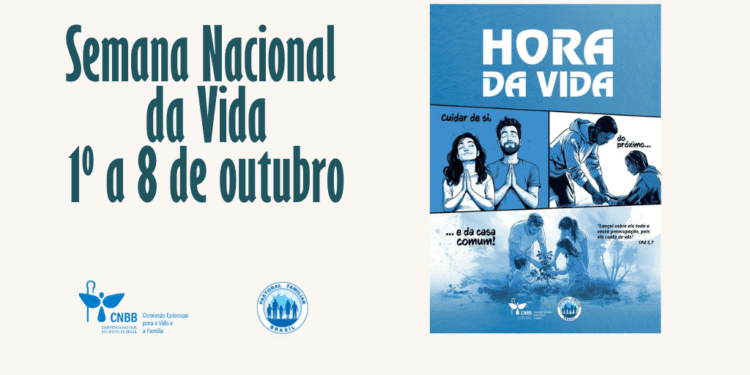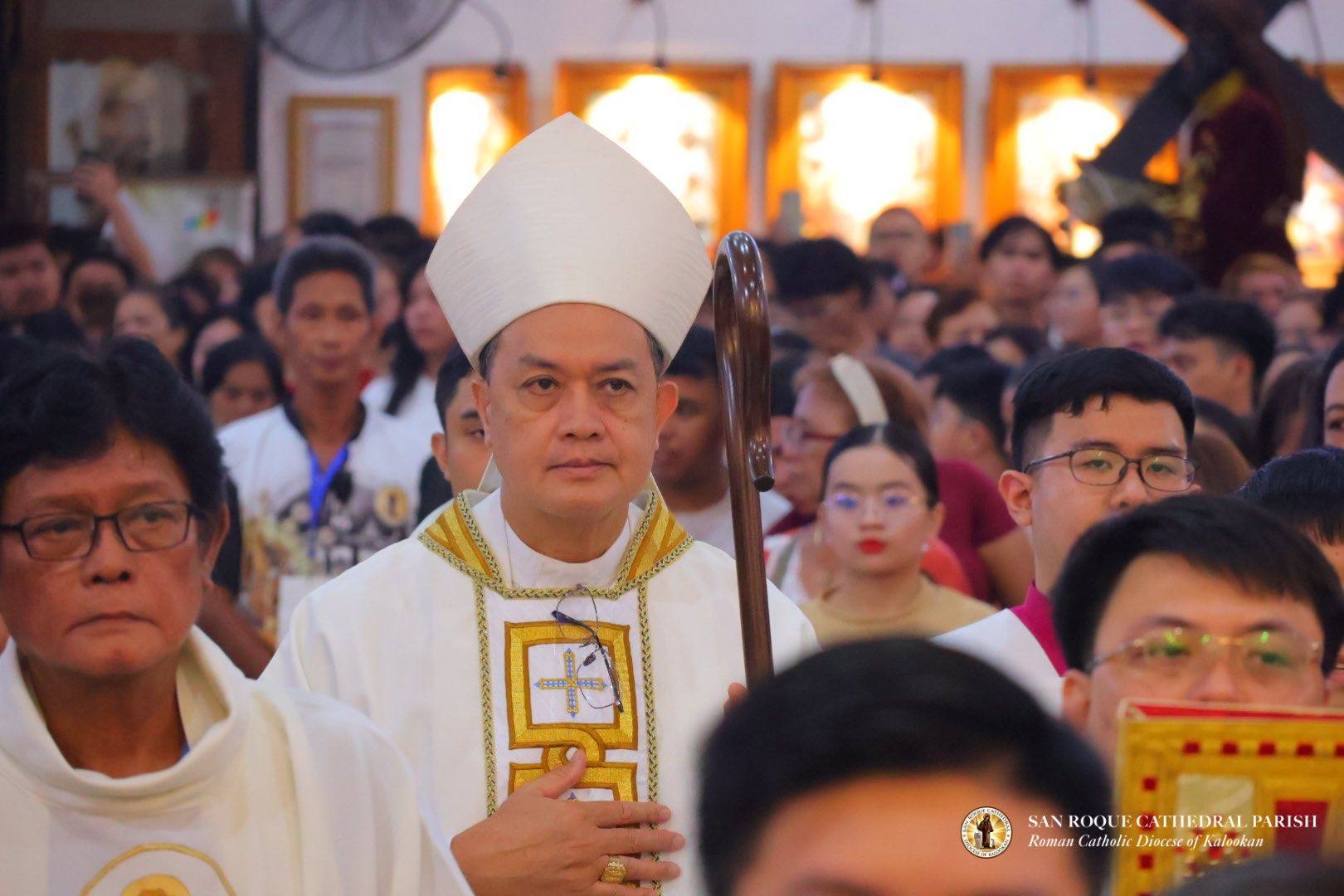Ash Wednesday is just around the corner, and of course that means so is Fat Tuesday, or Mardi Gras. New Orleans’ legendary Mardi Gras celebration has been depicted or used as a backdrop in scores of films, though surprisingly few depictions are of any great or enduring note.
Abbott and Costello wound up in New Orleans during Mardi Gras after getting slightly off-course in the misleadingly titled, widely panned “Abbott and Costello Go to Mars” (1953). More accurately titled, but apparently no more memorable, was the musical comedy “Mardi Gras” (1958), starring Pat Boone as a military cadet who falls for a French actress who is also queen of the Mardi Gras parade.
By far the most notable exception is Dennis Hopper’s celebrated 1969 counterculture road movie “Easy Rider,” with its Mardi Gras sequence seguing into a famous acid-trip freak-out sequence, set in New Orleans’ renowned St. Louis Cemetery No. 1, with its massive above-ground vaults. (New Orleans cemeteries use above-ground tombs because the water table is so high that caskets float just a few feet down.)
This trippy sequence juxtaposes the words of the Apostles’ Creed recited by a young girl over a disjointed stream of religious, secular, and erotic imagery. At one point, Peter Fonda babbles to a statue of the Virgin Mary, uttering lines like “Oh, Mother, why didn’t you tell me … how could you make me hate you so?” (Fonda strongly resisted filming this scene, in which Hopper pressured him to draw on feelings relating to his own mother’s suicide.)
The iconic status of “Easy Rider” gave New Orleans, the Mardi Gras carnival, and the St. Louis Cemetery a new pilgrimage destination status, first for hippies and stoners, later for film buffs. Many locals were appalled both at the cinematic desecration of the cemetery as well as the thought of Mardi Gras being marred by a “hippie invasion,” though in time the city came to embrace its role in the landmark film.
In the wake of “Easy Rider,” no film has been allowed to shoot in St. Louis Cemetery No. 1. (Actually, Hopper and his crew filmed that sequence without a permit. Last year, citing increased vandalism, the Archdiocese of New Orleans closed the cemetery to the general public, offering access only family members and groups with approved tour guides.)
Another New Orleans cemetery with similar above-ground crypts, Lafayette Cemetery No. 1, was the location for the climactic action sequence in a recent film with a New Orleans setting and a Mardi Gras parade. What’s more, the cemetery sequence includes something even freakier than an acid trip: A villainous character is attacked by demons and dragged off to hell.
Did I mention it’s a Disney princess cartoon?
Compared to the box-office success of “Tangled” and the blockbuster status of “Frozen,” “The Princess and the Frog” (2009) was a disappointment (perhaps partly because of the verbose, old-fashioned title). That’s a shame in my book, since there’s a lot to like about this cartoon — starting with the New Orleans setting and Randy Newman’s gumbo blend of jazz, blues, gospel music, and zydeco.
The plot turns on the Mardi Gras celebration, which brings brown-skinned Prince Naveen from the fictional country of Maldonia to New Orleans. Charlotte La Bouff, the spoiled, man-crazy daughter of an aristocratic Louisiana family, hopes to marry the prince — not knowing that his royal parents have cut him off for his playboy ways, and that he’s hoping to marry a girl like Charlotte for her wealth.
The heroine is not Charlotte, but Charlotte’s childhood friend Tiana, Disney’s first African-American princess — though she’s not a princess when the movie begins. Tiana lives in a much more modest New Orleans neighborhood than Charlotte. (This is probably the Tremé neighborhood, known as the oldest black neighborhood in the United States, and the birthplace of jazz. Tiana and Charlotte’s unlikely friendship is due to Tiana’s mother working as a seamstress for the La Bouff family when the girls were young.)
Through circumstances too convoluted to recount here, both Tiana and Prince Naveen spend most of the film transformed into frogs by the voodoo magic of the villainous, smooth-talking Doctor Facilier, a witch doctor also called the Shadow Man, who boasts about the powers of his “friends on the other side.” Meanwhile, in the midst of the Mardi Gras parade, Charlotte is nearly tricked into marrying another man magically disguised to resemble Naveen atop a parade float.
At the climax, as Tiana and now-redeemed Naveen — still in froggy form — battle Doctor Facilier in the cemetery, the source of Doctor Facilier’s power is destroyed. To his horror, the Shadow Man’s demonic “friends,” variously represented as creepy shadows and voodoo dolls, abruptly turn on him, dragging him screaming toward a glowing portal through which he vanishes without a trace, leaving behind his alarmed image on one of the monuments.
As dark and frightening as this sequence is — too dark for sensitive youngsters — it might be the most overtly Christian portrayal of magic and evil in any Disney cartoon, certainly since “Sleeping Beauty” and maybe ever. This is mitigated, though, by the presence of Mama Odie, a benevolent, blind old hoodoo mama who lives alone on a bayou in an old shrimping boat marooned in a tree.
Mama Odie seems to be far more powerful than Doctor Facilier’s shadowy “friends,” easily scattering them, and her big musical production number has overt gospel overtones. But there’s nothing Christian about her, as her pet snake Juju symbolically reminds us.
At the denouement, Mama Odie marries Naveen and Tiana as frogs, which, thanks to a clever loophole, allows them to become human again. Then they are married again as humans — at the Cathedral Basilica of Saint Louis. It’s not the only church wedding at the climax of a Disney cartoon, but it’s the only one that takes place in a particular real-world church.
















